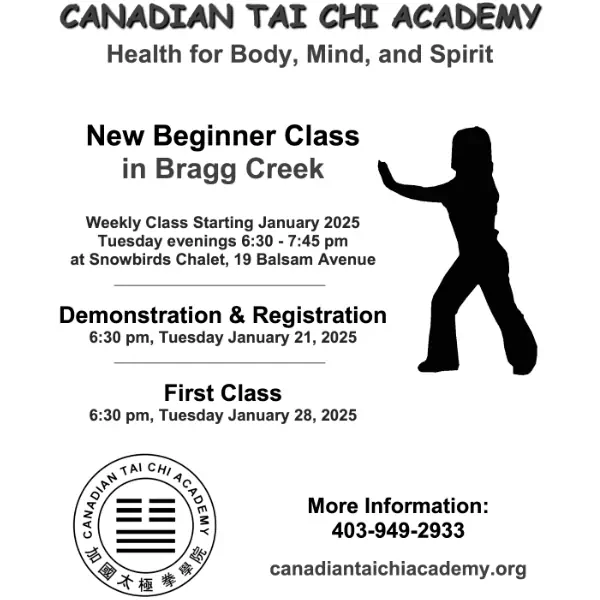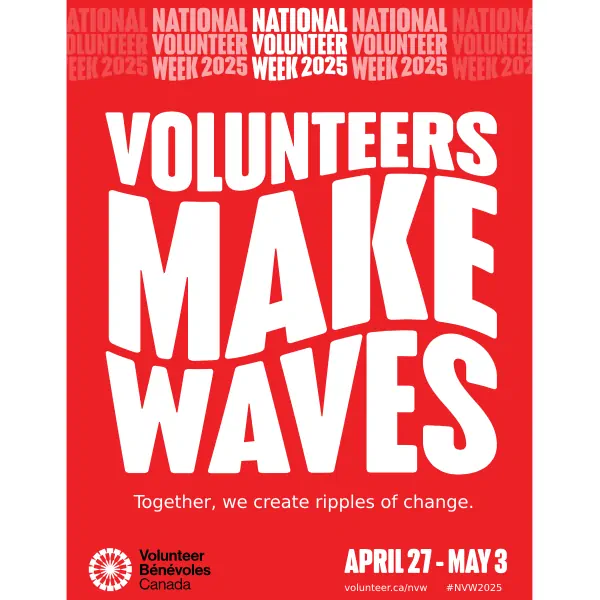ADHD AND BIPOLAR DISORDER
WHAT IS BIPOLAR?
Bipolar Mood Disorder (BMD) is a mood disorder where a person experiences intense feelings of happiness or sadness, high energy (‘mania’) or low energy (‘depression’). These mood shifts can happen over a period of days to weeks to months. It would seem as if the person’s mood has taken on a life of its own.
WHAT IS THE CONNECTION?
Attention Deficit Hyperactivity Disorder (ADHD) and BMD share similar behaviour symptoms i.e. moodiness, restlessness, poor concentration and impatience. As such, there is increased risk of a misdiagnosis or a missed diagnosis. Both conditions involve strong emotions. People with ADHD can easily feel overwhelmed and know what triggered their reaction, while people with BMD go through ‘rollercoaster’ mood changes without a specific external event. Both involve impulsivity. People with ADHD can jump into things with little planning, while those with BMD are often hyper- sexual, make poor and impulsive decisions i.e. buy things they can’t afford or make sudden travel plans. People with ADHD can suddenly ‘snap’ or ‘crash’, while mood shifts in those with BMD build up over time and are diagnosed through the specific duration of their mood episodes. For people with BMD, other symptoms of ‘mania’ also include excessive talking, a decreased need for sleep or food, and racing thoughts. Some people can feel euphoric and really productive for a while.
ARE YOU BORN WITH IT?
Both ADHD and BMD run in families however, those with BMD are likely to have fewer genetic connections. ADHD occurs before age 12 with pervasive symptoms, while the age of onset for BMD is during adolescence into early adulthood with episodic behaviours. Childhood BMD can occur, but is very rare (and difficult to diagnose).
ADHD AND BMD TREATMENT
Both conditions can co-exist. Treatments work differently for different people. It may include medication, therapy and a biopsychosocial plan. You have to find the right combination. Many practitioners treat the BMD first (therapy and anti- depressants; usually mood stabilizers or anti-psychotics work well and quickly for manic symptoms), as initial ADHD treatment can precipitate mania or even worsen BMD. Alternatively, if stimulant medication treats the ADHD effectively, then there may be improvement seen in the person’s lack of impulse control. No doubt, ADHD and a mood disorder can make life very difficult. Appropriate treatment can help to minimize the symptoms, provide longer periods of stability and greatly improve a person’s quality of life.
WHAT ARE SOME SELF-HELP TIPS?
– Stick to a routine. Train your brain through consistent waking times, eating habits, work schedule and sleep hygiene.
– Carve out play time. It heals part of the brain where therapy and other cognitive strategies can’t get to.
– Laughter. It is suggested that laughter therapy can reverse the stress response, alter dopamine and serotonin levels and facilitate healing.
– Sweat exercise. Decreases cortisol and increases endorphins. Less depression, better memory and quick learning.
– Mood journal. Use it like your GPS to tell where you’ve been and where you’re headed based on biodata like hours of sleep, stressors, trigger foods and day of menstrual cycle. It allows you to see basic patterns of health and illness, so you can head in the right direction.
– Eat brain foods. Fruit, vegetables, fish, nuts, yogurt, seeds and aaah, yes dark chocolate!
References:
American Psychiatric Association. (2013). Diagnostic and Statistical Manual for Mental Disorders (5th ed.).Washington, DC.






























